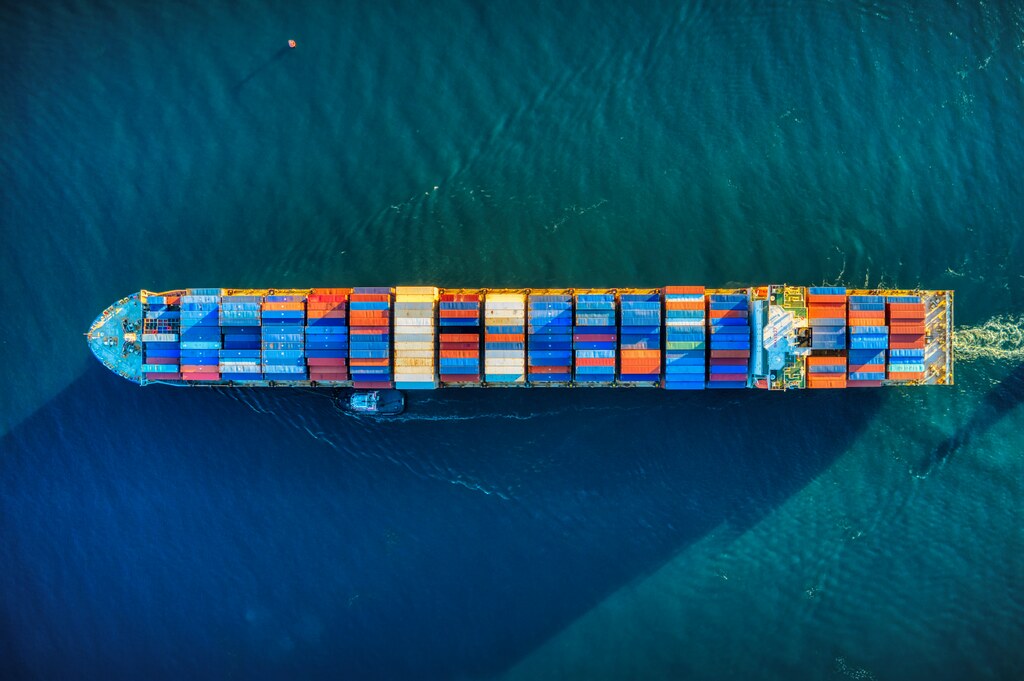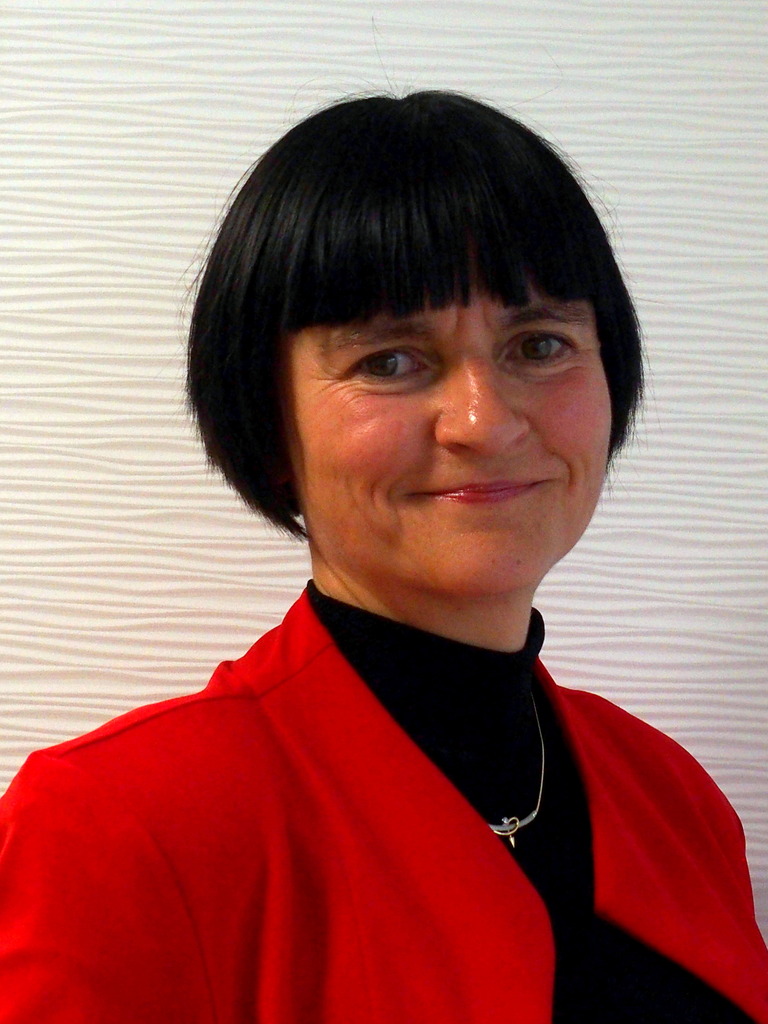
AEGIR – cutting greenhouse emissions in the maritime sector
In March 2021, three research consortia – AEGIR, CAHEMA, and HOPE – were initiated as part of the Nordic Maritime Transport and Energy Research Programme, funded by Nordic Energy Research…
In March 2021, three research consortia – AEGIR, CAHEMA, and HOPE – were initiated as part of the Nordic Maritime Transport and Energy Research Programme, funded by Nordic Energy Research and several other research institutions. The consortia are testing the use of ammonia and hydrogen as fuel for ships. Where are they in this process? Dr. Anke Hagen, Professor at DTU Energy, lets us in on the AEGIR project’s progression.
As international shipping accounts for significant greenhouse emissions, the AEGIR project is focusing on wide-scale implementation of low and zero emission solutions within the maritime transport sector.
“International shipping takes the significant share of around 90% of international transport, thereby emitting more than 2% of the global greenhouse gas emissions,” says Dr. Hagen.

Overall objective and action plan
Acknowledging the immense environmental and climate challenges related to use of fossil fuels and to greenhouse emissions, the International Maritime Organization (IMO) issued a strategy aiming at a 60% reduction of greenhouse gas emissions from international shipping by 2050 and a complete phase out of CO2 emissions by 2100.
Along the lines of these targets, the AEGIR project’s overall objective is to develop, test and evaluate an environmentally friendly technological solution to power large marine vessels by using green ammonia as primary fuel. “AEGIR proposes a unique fuel cell and membrane-based system for efficient conversion of green ammonia to electrical energy,” explains Dr. Hagen. She breaks down the concept of AEGIR into three parts, where:
- Ammonia fuel is cracked to H2 and N2 using a solid oxide fuel cell (SOFC);
- H2 is extracted and purified using a proton conducting electrochemical membrane (PCEMR); and then
- converted to electricity using a polymer exchange membrane fuel cell (PEMFC).
By combining these three technologies with each other, the AEGIR project aims at harvesting synergies in terms of increase of the overall efficiency and decrease of emissions.
High efficiency – low volume and weight
The integration of the three technologies is meant to attain an ammonia-fueled ship propulsion system that offers high efficiency in combination with a low total system volume and weight. “This is the key innovation of the project,” says Dr. Hagen. “Furthermore, the concept avoids emissions of NOx and allows for a drastic reduction of CO2 emissions; the product of the fuel cell electricity process is water.”
More specifically, the AEGIR project will according to Dr. Hagen “firstly, design the concept for an electric ammonia-fueled ship with an efficiency over 50%, and secondly, demonstrate a reduction of greenhouse gas emissions by 90% compared to current state-of-the-art liquefied natural gas fueled marine engines through a well-to-propeller analysis.”
Why ammonia?
“It is clear that the global introduction of alternative fuels and/or energy sources and efficient energy production technologies for international shipping will be essential to achieve the overall ambitions for reducing GHG emissions from international shipping,” says Dr. Hagen. “Ammonia is one of the considered alternative fuels towards zero-carbon emitting vessels. Ammonia is an energy carrier, which has the potential to be produced from renewable, primary-energy sources such as wind, hydropower or solar in the future. It is a well-known large-scale chemical.”
So far, the AEGIR project has only indicative results. However, opportunities to utilize the project results after completion is an integral part of AEGIR. “For example,” explains Dr. Hagen, “one objective is a concept study to clarify and describe issues and challenges in scaling up the size of the propulsion system to practical size for large marine vessels requiring electrical power in the range of circa 20 MW.” Moreover, the AEGIR project combines forces of three research entities and three industrial companies within the consortium, plus an industrial Advisory Board of six industry players from the maritime sector. “This partnership facilities a fast uptake of the project results during and beyond the project period,” concludes Dr. Hagen.

